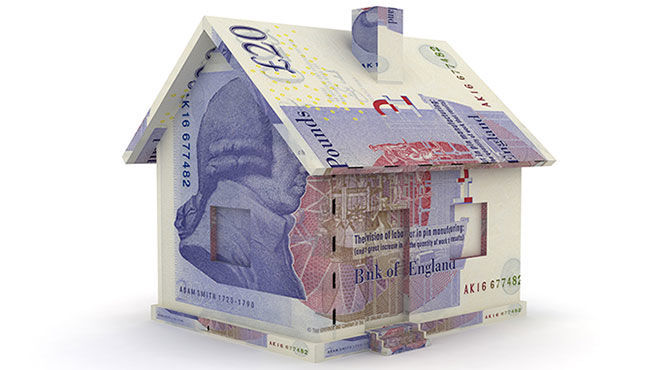London house price rise leads property market bounce
British house prices accelerated to the highest level in six months, according to the most recent ONS figures. David Sapsted reports.

Across the country, first-time buyers are having to pay five per cent more for their homes than a year ago, with the UK-wide average price now standing at £185,266.Jeremy Duncombe, director of the Legal & General Mortgage Club, said the latest data illustrated the growing gap between house price inflation and affordability."First-time buyers will be the ones who largely bear the brunt of this, as they are either being forced out of home ownership or having to turn to the Bank of Mum and Dad to help find a deposit," he said."Although the general election result may bring a period of caution, our housing market has remained resilient to recent geo-political changes, with the wider economic factors being strong. We saw this through the UK’s decision to leave the European Union around this time last year."Instead, the main factor behind continued house price inflation is still the vast difference between supply and demand. Quite simply, we need to build more affordable homes to allow a greater number of buyers to take their first steps on to the property ladder."Richard Snook, a senior economist at PwC, commented: "These figures go against the recent trend of a Brexit-related slowdown that we predicted last year, but remain consistent with our guidance of two to five per cent growth in 2017 as a whole."Coinciding with publication of the ONS index was a report from the Council of Mortgage Lenders (CML) which suggested the housing market would remain "lopsided" in the coming months, with first-time buyers helping to drive momentum despite subdued buy-to-let and home-moving activity."The number of loans for buy-to-let house purchase advanced in April remained low compared to activity seen before the change on stamp duty on second properties introduced in April last year," said the report, adding that first-time buyers borrowed £4.1 billion in April, up by eight per cent on April last year.Paul Smee, director-general of the CML, said: "April comparisons are distorted by the weakness last year following the stamp duty changes, and the normal seasonal lending surge in March. But the seasonally-adjusted picture shows lending relatively unchanged month on month across all lending segments."Heading into the summer months, we expect the market to remain slightly lopsided. Buy-to-let and home-movers may well remain subdued, as they have been for the last six months. But both first-time buyer and re-mortgage lending should maintain momentum on the coat-tails of the attractive deals available."
©2025 Re:locate magazine, published by Profile Locations, Spray Hill, Hastings Road, Lamberhurst, Kent TN3 8JB. All rights reserved. This publication (or any part thereof) may not be reproduced in any form without the prior written permission of Profile Locations. Profile Locations accepts no liability for the accuracy of the contents or any opinions expressed herein.






































